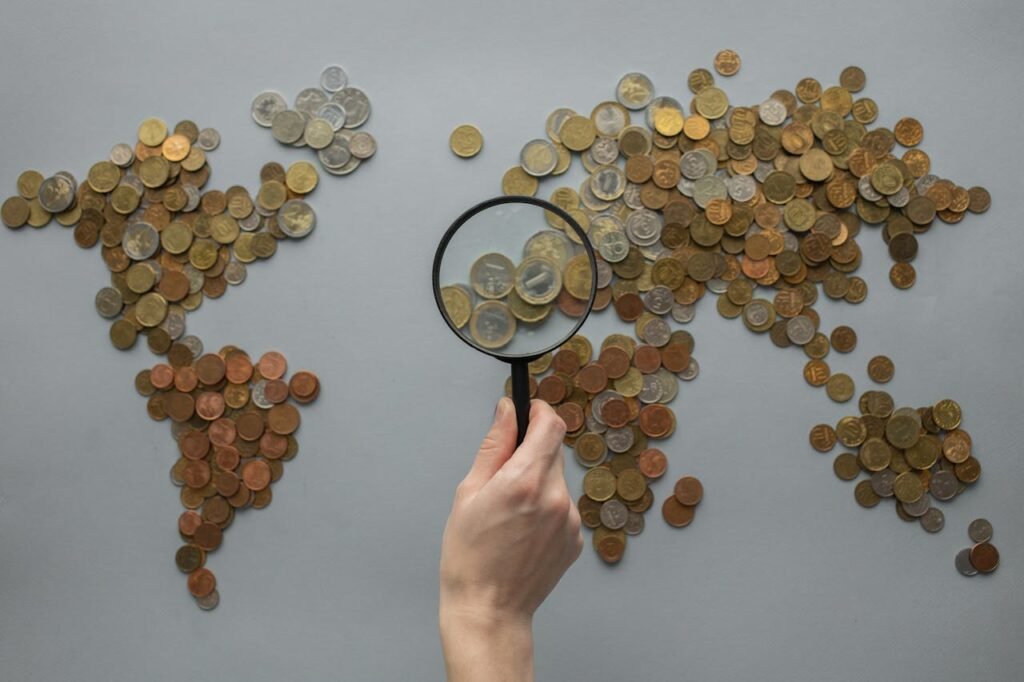“Spaving”: How Companies Can Avoid Inducing It Without Losing Profitability?
The term “spaving,” originating in the United States, refers to the concept of spending more to save more. Although not a new concept, it has become increasingly common in recent years in retail and service relationships.
Spaving in the face of delinquency, high inflation, and financial education
The term “spaving” involves a marketing strategy aimed at making customers feel that even though the final purchase price may be higher, it is advantageous. It distorts the balance between desire and necessity, even relativizing the financial capacity to make the acquisition. It often becomes the flagship impulse.
Examples are present in our daily lives, such as credit card companies notifying customers that they are exempt from annual fees when their bill reaches a certain amount, marketplaces offering free shipping for purchases above a specified threshold, or providing something extra for a relatively small additional cost compared to the total value.
In a world with rising inflation, especially in Brazil, the increasing indebtedness of the population deserves attention. According to data from the National Confederation of Goods, Services, and Tourism (Confederação Nacional do Comércio de Bens, Serviços e Turismo) released in April 2024, the number of families with overdue debts increased by 0.5% after five months of decline, reaching 28.6% of families, slightly lower than in March 2023 (29.5%).
The Consumer Debt and Default Survey (Pesquisa de Endividamento e Inadimplência do Consumidor) also indicated that 78.1% of families reported debts due, and 79.7% of debtors earn up to three minimum wages. The ease of credit card consumption has historically been a driving factor, representing 86.9% of indebted individuals in the month, an increase of 0.8% compared to March 2023.
Record default – Share of indebted defaulters is the highest in ten years. Shows the share of indebted people in %

However, with rising inflation and the Central Bank of Brazil’s interest rate policy (COPOM), the debt situation has the potential to accelerate, making consumers more selective and attentive.
The Brazilian population still lacks basic financial awareness and knowledge of investments. The lack of financial education contributes to perpetuating indebtedness and poverty. According to the Ipsos “Pulso 2023” survey, 61% of Brazilians cannot save money for investment or savings, while only 34% manage to create a reserve.
This lack of awareness makes consumers more susceptible to impulsive decisions and, consequently, to “spaving.”
According to Jeff Galak, associate professor of marketing at the Tepper School of Business at Carnegie Mellon University in Pittsburgh, “It’s always more spending. It’s not always more savings.”
When can “spending to save” be a good deal?
When choosing an item or service, if accepting an offer results in spending less money. For example, suppose you’ve already planned and researched your purchases, and you’re just $5 short of qualifying for free shipping (which would otherwise cost $40).
However, most of the time, this strategy leads to higher spending. From the seller’s perspective, that’s the goal.
How can you determine if a deal is worthwhile? Consider three basic questions. Generally, if two of them are negative, it may not be a good financial deal:
- Do I need it? Would I buy it anyway?
- Can I afford it? Do I have the financial capacity?
- Do I desire it? Remember that desire is a feeling; if it comes first, the others may be forgotten. The key question to counter impulsive decisions.
Other Considerations: Will Everything Be Used? Is There Space for Storage?
What’ is the Psychology Behind “Spending to Save”?
The answer is simple: consumers like to believe they’re saving money. Let’s explore an example: Suppose you’re buying three items of the same type, and the third item has a 50% discount. You might think you’re saving 50%, right? Not quite. The savings apply only to that specific item. Imagine each item costs $100; the total bill for three items would be $300. With the discount, it becomes $250—a savings of only 17%. Less tempting than the initial 50%, especially for an item that wasn’t part of your original plans.
On the other hand, those offering services—whether sellers, manufacturers, or marketplaces—have a responsibility. They must act with diligence and ethics, using various techniques to achieve their financial goals, such as profitability or market share expansion.
While consumers, in general, aren’t always “econos,” they eventually realize that unnecessary extra spending could have been used elsewhere. This realization can lead to regret and even create aversion to a brand or establishment. The feeling of gaining an advantage can quickly turn into a sense of being deceived.
Our Vision
Despite the increased popularity of financial information and knowledge dissemination in recent years, a considerable portion of Brazilian society still practices these concepts at a slower pace than necessary to reverse the current debt situation. Although this short-term panorama may benefit some sectors, it’s likely that this strategy will prove detrimental in the long run as society matures in managing personal finances and consumption habits.
Here are some strategies that can lead to more sustainable long-term relationships with customers, avoiding “spaving”:
- Focus on Value-Added: Offer products or services with real and perceptible value to customers, avoiding promotions that encourage unnecessary consumption.
- Price Transparency: Be clear about prices and avoid sales tactics that could be perceived as deceptive. Building trust and long-term customer loyalty is crucial.
- Loyalty Programs: Create rewards programs that encourage repeat purchases while genuinely benefiting customers, rather than merely promoting more spending.
These strategies can help establish sustainable and honest relationships with customers. After all, the customer is the primary reason for a company’s existence.
The aim of this report is to provide insight and a succinct, comprehensive analysis, helping readers to better understand the economic and financial environment and make informed decisions.


